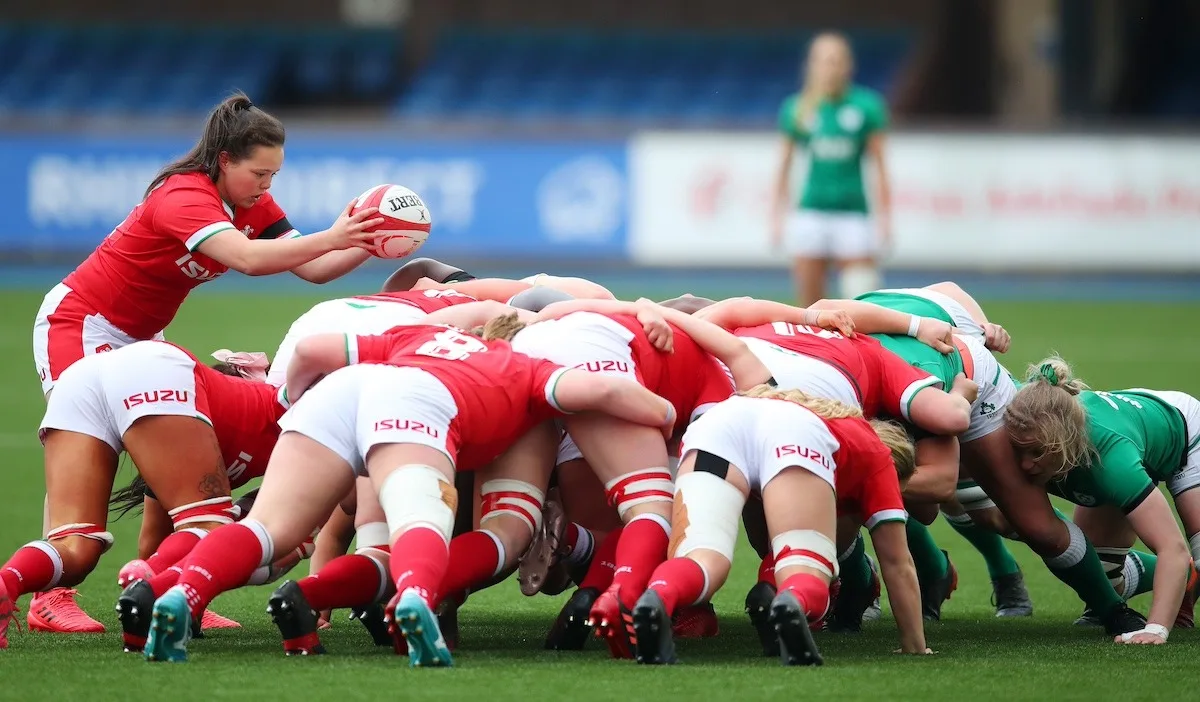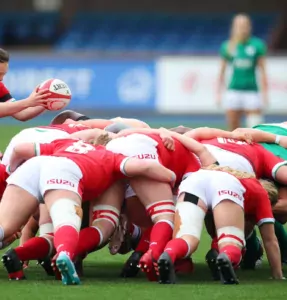In the intense battlefield of rugby, scrums are a pivotal aspect of the game. Teams engage in these fierce contests to gain possession, but being able to defend against scrums requires finesse and strategy. In this comprehensive guide, we will explore the top strategies employed to thwart scrums and maintain the upper hand on the rugby pitch.
Rugby, a sport known for its sheer physicality and raw intensity, offers a unique blend of skill, strength, and strategy. At the heart of this battle lies the scrum—a moment of controlled chaos that can turn the tide of a match. For teams seeking to emerge victorious, defending against scrums is an art that requires a deep understanding of the game and a well-executed game plan.
The Anatomy of a Scrum
Before delving into the strategies to defend against scrums, it’s essential to understand the basics of what a scrum is and why it’s such a critical aspect of rugby.
What is a Scrum?
A scrum is a method of restarting play after a minor infringement or when the ball goes out of bounds. It involves both teams packing closely together in a formation, with the forwards from each side binding together and pushing against each other to contest for possession of the ball.
The scrum can be a brutal contest, with players using their strength and technique to gain the upper hand. Winning the scrum means securing valuable possession and an opportunity to launch an attack, making it a crucial aspect of rugby.
Now that we have a basic understanding of scrums, let’s dive into the strategies that teams employ to defend against them effectively.
Strategy 1: The Art of Front-Row Selection
The foundation of any successful scrum defense begins with selecting the right front-row players. The front row comprises the loosehead prop, hooker, and tighthead prop, and their collective strength and technique are paramount in the scrum.
The Loosehead Prop
The loosehead prop, positioned on the left side of the scrum, plays a pivotal role in creating a solid platform for the scrum. They must engage with the opposition tighthead prop and provide stability to the scrum.
The Hooker
The hooker, positioned in the middle, is responsible for striking the ball into the scrum when the referee gives the signal. Their accuracy and timing are crucial in ensuring a clean strike, which can disrupt the opposition’s plans.
The Tighthead Prop
On the right side of the scrum, the tighthead prop locks horns with the opposition loosehead prop. Their primary objective is to anchor the scrum, preventing it from collapsing and maintaining stability.
Selecting front-row players with the right combination of strength, technique, and experience is the first step in building a formidable scrum defense.
Learn more about the roles of front-row players in rugby
Strategy 2: Mastering the Engage
Once the front-row players are selected, the engage is the next critical phase. The engage is the initial coming together of the two scrums, and it’s where the battle for supremacy begins.
Controlled Power
In the engage, both teams must exert controlled power to maintain stability. A well-coordinated engagement prevents the scrum from collapsing and ensures that the contest is fair and safe.
Timing Is Everything
The timing of the engage is crucial. The hooker must strike the ball accurately when the referee calls “engage,” and the front-row players must synchronize their efforts to withstand the initial impact from the opposition.
Explore the nuances of the scrum engage
Strategy 3: Body Positioning and Technique
Effective scrum defense relies on proper body positioning and technique. The entire forward pack must work cohesively to exert maximum force while maintaining control.
Low and Stable
Players in the scrum should maintain a low body position, ensuring that their hips are below their shoulders. This low, stable base provides a solid platform to resist the opposition’s push.
Binding and Hooking
Proper binding and hooking techniques are essential for front-row players. They must bind onto their opposition counterparts and use their strength to exert pressure in a controlled manner.
Back-Row Support
The back-row players should provide support by pushing through the front row and helping to maintain the scrum’s integrity. Their strength and timing are critical in repelling the opposition’s advances.
Get insights on scrum techniques and body positioning
Strategy 4: Communication and Signals
In the midst of the scrum, communication is key. Players must use signals and calls to coordinate their efforts and respond to changing situations.
Signals from the Hooker
The hooker is the linchpin of communication within the scrum. They use signals to inform their teammates of the referee’s commands and when to engage. Clear and concise communication reduces the risk of errors.
Reacting to the Opposition
Scrum defenders must also react swiftly to the opposition’s movements. If the opposition attempts to wheel or collapse the scrum illegally, defenders must adjust their tactics and maintain their stability.
Learn about the importance of communication in the scrum
Strategy 5: Controlling the Ball
While the primary objective of scrum defense is to prevent the opposition from winning the ball cleanly, there are tactics to contest and potentially steal possession.
The Hooker’s Role
The hooker can play a vital role in disrupting the opposition’s scrum by striking for the ball as soon as it enters the scrum. This can catch the opposing team off guard and create a turnover opportunity.
Pushing Through
The back-row players can also exert pressure by pushing through the opposition’s front row. This not only destabilizes the scrum but can also disrupt the opposition’s control of the ball.
Discover techniques for controlling the ball in scrums
Strategy 6: Scrum Analysis and Preparation
Successful scrum defense begins long before the match kicks off. Teams must analyze their opposition’s scrummaging tendencies and prepare accordingly.
Video Analysis
Studying video footage of the opposition’s previous matches allows teams to identify weaknesses in their scrummaging. Coaches and players can pinpoint areas to exploit during the game.
Simulated Scrums
During training sessions, teams can simulate scrum situations to practice their defensive strategies. This helps players become familiar with their roles and responsibilities, enhancing their ability to execute them under pressure.
Learn about the importance of video analysis in scrum preparation
Strategy 7: Adaptation and Flexibility
No two scrums are identical, and the ability to adapt and remain flexible is crucial in scrum defense.
Reading the Opposition
Players must constantly assess the opposition’s scrum and adapt their tactics accordingly. If the opposition is gaining an advantage in a particular area, defenders must adjust their strategy to counteract it.
Anticipating Referee Decisions
Understanding the referee’s interpretation of scrummaging laws is essential. Players should adapt their techniques to align with the referee’s decisions during the game, reducing the risk of penalties.
Explore the concept of adaptability in scrum defense
Defend Against Scrums
For those who are passionate about rugby, scrums are a captivating facet of the game that encapsulates the sport’s essence. With the right strategies, a well-prepared team can transform the chaos of the scrum into a controlled battleground, where they defend their territory and seize opportunities to triumph on the rugby field.

